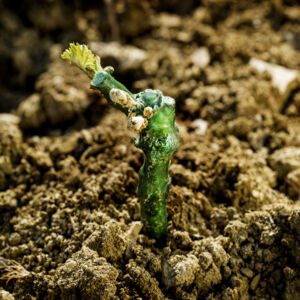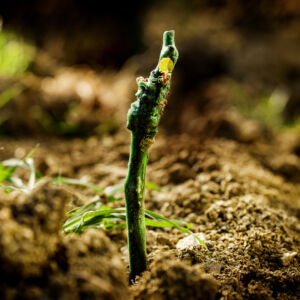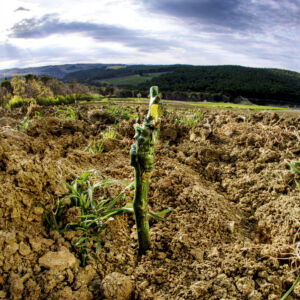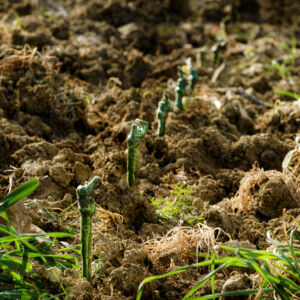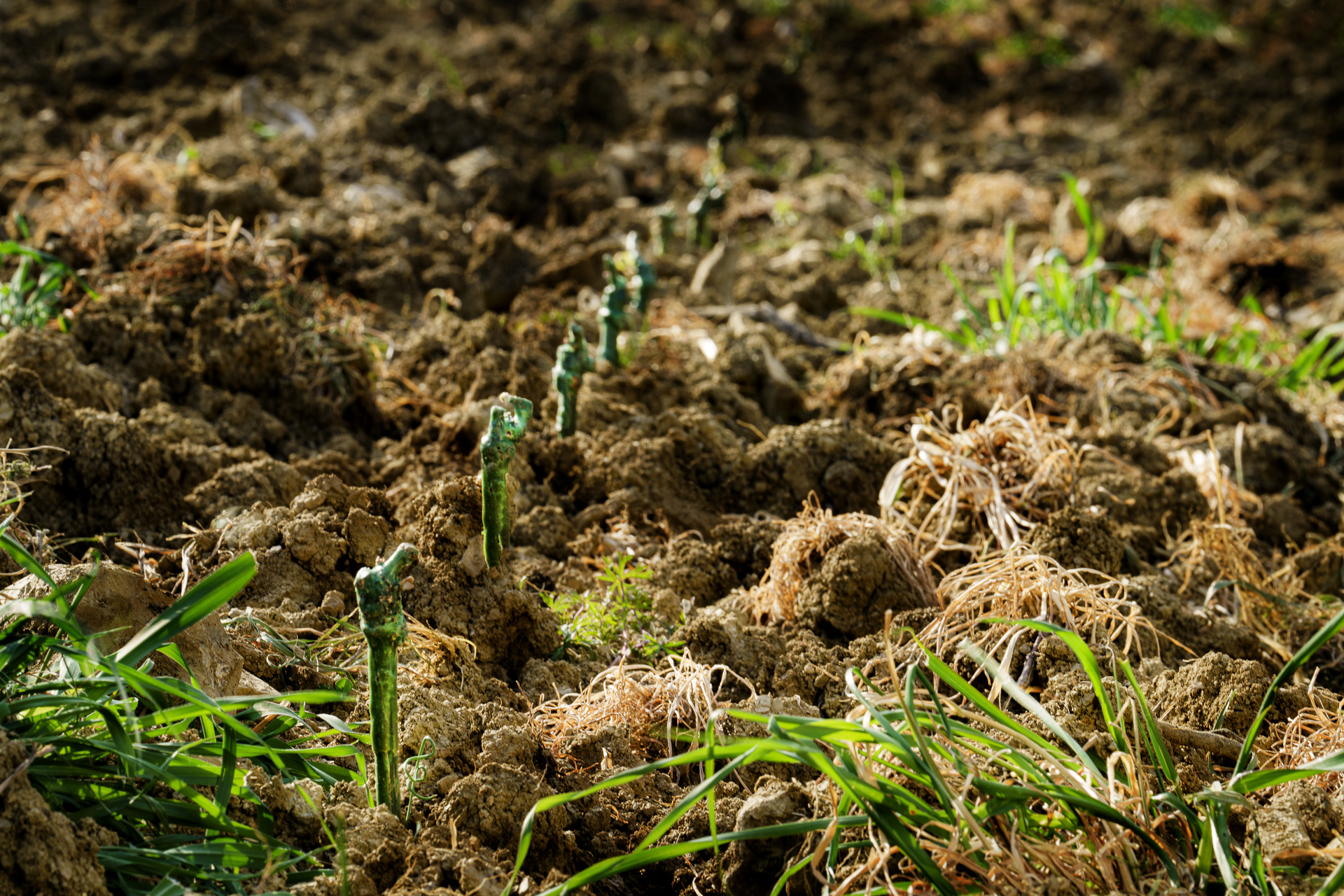
When spring comes, the sun warms the soil, life starts again and new barbatelle (grafted vines) are planted in the vineyards of our Estates, small plants that will become vines and therefore wine.
Their very particular name comes from the fact that the vine shoot, subjected to particular conditions, develops roots, or “barbe”.
The production process of barbatelle (grafted vines) is very complex, each step must be carried out with care and attention; from the cultivation of mother plants to grafting the vine, to move from forcing to plant removal, the process follows specific and well-defined protocols, in which control, quality and precision are the main concepts.
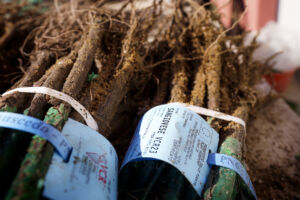
European Passport
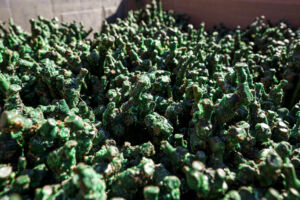
Barbatelle
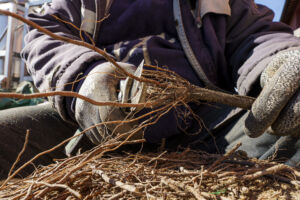
Preparation for planting
Grafted vine consists of a lower part, called rootstock and is the one that generates the root system and determines the variety of the vine, while the upper part is called graft or scion and will form the foliage of the plant.
The reason for grafting not only lies in the speeding up and optimisation of wine production, but in particular it comes from an event that took place 150 years ago, which tells that thanks to the combination of the strong roots of the American vine with the gentle foliage of the European vine, a solution, without compromising on quality, was found for root damages caused by the phylloxera parasite.
Respecting the physiological turnover of the vineyards, in order to preserve the organoleptic qualities of the wines, the Sangiovese VCR23 variety was planted on Tenuta di Nozzole, which will lead to the production of a wine very rich in colour and characterised by spice hints.
